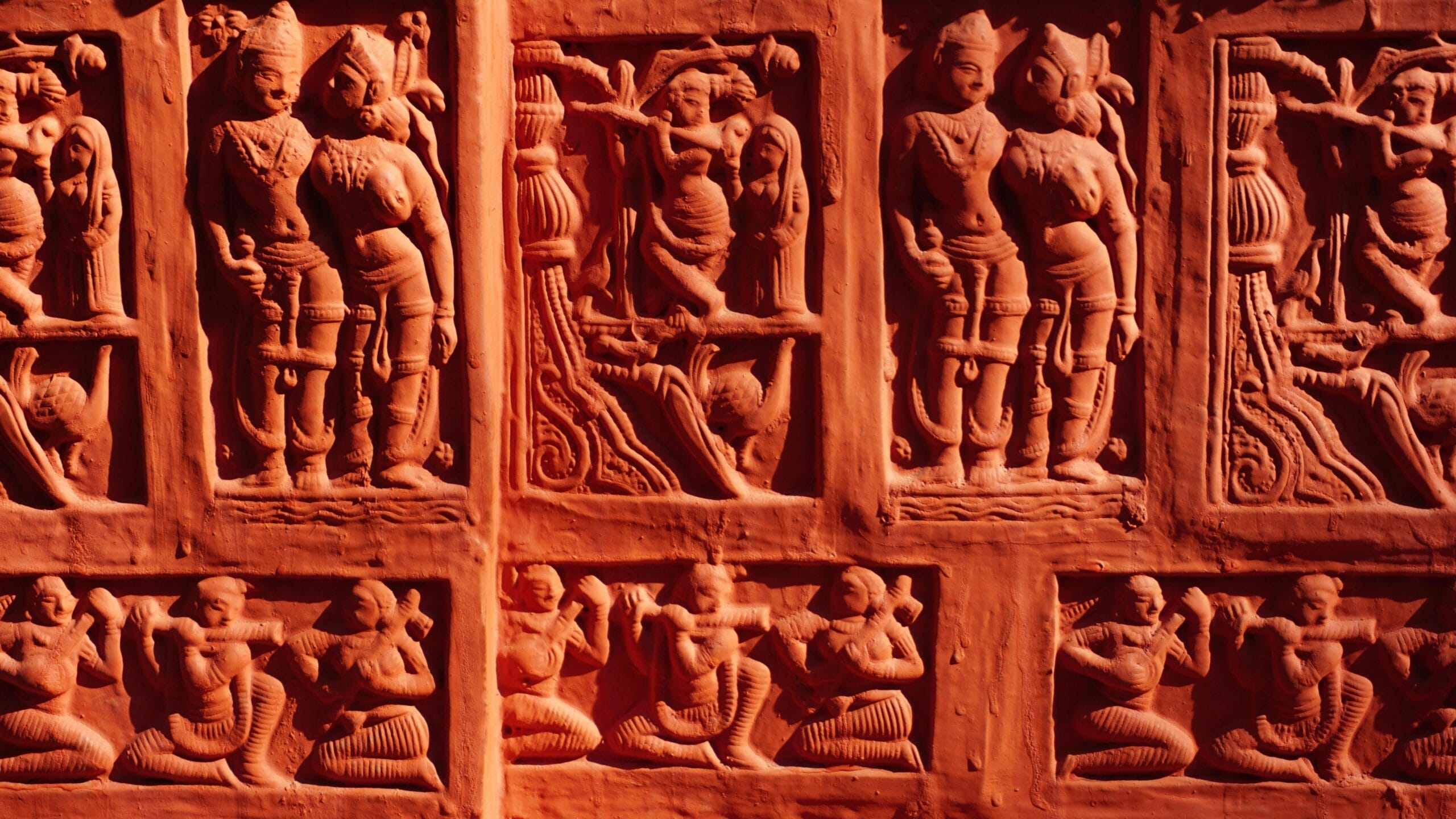Ancient Scientific Progress: A Civilizational Journey of Discoveries
Embark on a fascinating journey of ancient scientific progress across civilizations. From astronomy to mathematics, witness the groundbreaking discoveries that shaped our understanding of the universe. This article explores the contributions of diverse cultures, spotlighting key figures and their revolutionary ideas, which propelled scientific advancement.
Table of Contents
- Introduction
- Ptolemy’s Geocentric Universe
- The Decline of Alexandria
- Christianity and Science
- Rational Thought in Ancient India
- The Arab World and the Preservation of Science
- Key Chinese Discoveries
- Ibn Sina’s Medical Contributions
- Decline of Science in the Islamic World
- Supernova of 1054
- Conclusion
Introduction
Throughout history, numerous civilizations have significantly propelled the advancement of science. From the ancient Greeks to the scholars of India, the Arab world, and China, each culture has indelibly marked our comprehension of the universe. This article uncovers the pivotal moments and key figures in this historical journey, revealing how their discoveries and ideas have shaped the world. We will particularly focus on the concept of scientific progress and how different cultures contributed to its development.
Ptolemy’s Geocentric Universe
Claudius Ptolemy, a Greek astronomer, mathematician, and geographer from the 2nd century AD Alexandria, profoundly influenced the understanding of the cosmos for over a millennium. Despite some significant errors, his work offered a comprehensive model of the universe and valuable geographical insights.
Early Beliefs About the Universe
Ptolemy believed in a geocentric model, which positioned Earth at the centre of the universe. This idea, predating Ptolemy by centuries, stemmed from observations showing the sun, moon, and stars revolving around Earth.
Ptolemy’s detailed astronomical observations and mathematical calculations solidified this view, which was further reinforced by earlier models such as that of Eudoxus of Cnidus.
Ptolemy’s Geographical Errors
Ptolemy’s geographical work, while innovative for its time, contained significant errors with far-reaching consequences. He overestimated Asia’s size and underestimated the ocean separating Asia from Europe.
Consequently, Christopher Columbus believed he could reach Asia by sailing west across the Atlantic, leading to his accidental discovery of the Americas in 1492.
Ptolemy’s Enduring Contributions
Despite his errors, Ptolemy contributed significantly to geography and astronomy. His book, Geography, included maps with latitudes and longitudes, cataloguing 27 maps and numerous previously unknown places based on sailors’ experiences.
Ptolemy’s star chart, detailed in his book Almagest, aided sailors in navigation. He expanded Hipparchus’s catalogue by 170 stars, creating a star map of 48 constellations still in use today.
The Decline of Alexandria
By the end of Ptolemy’s life, Alexandria was declining. The Roman Empire showed little interest in science and did not translate Ptolemy’s books into Latin.
The Arabs preserved his work, translating his books into Arabic and ensuring his scientific contributions were not lost to history. Ahmad al-Fargani translated Almagest, which became known as Al-Majisti, meaning ‘the greatest’. While Alexandria declined, rational thought continued to flourish in other parts of the world, particularly in ancient India.
Christianity and Scientific Progress
The rise of Christianity in the Roman Empire significantly impacted the development of science in Europe. As Christianity spread, the emphasis shifted from empirical observation and rational inquiry to faith and religious doctrine.
Christianity as the Official Religion
In 313 AD, Christianity became the Roman Empire’s official religion under Emperor Constantine.
This led to the suppression of Greek philosophy and science, which many viewed as pagan and heretical.
Rejection of Greek Scientific Ideas
Christian priests and scholars openly ridiculed Greek scientific ideas. Lactantius, a tutor to Constantine’s son, mocked the idea of a spherical Earth, questioning the existence of places where people hung upside down or rain fell from the bottom up.
He argued that the Bible implied a flat Earth.
Destruction of Alexandrian Library
The Alexandrian Library, once a beacon of knowledge, suffered further destruction. In 391 AD, Emperor Theodosius attacked the city and burned the library again.
Despite this, teachers continued to teach, with Hypatia lecturing on mathematics and astronomy, becoming one of the most renowned.
Rational Thought in Ancient India
Despite the prevalence of myths and deities, rational thought persisted in ancient India. Buddhist universities, such as Nalanda, disseminated knowledge, and scholars like Dharmakirti emphasized logic and evidence over religious scripture.
Dharmakirti’s work, Pramana-varttika, prioritized evidence-based reasoning. The Arab world would later preserve and advance knowledge from various cultures, experiencing its scientific renaissance.
Buddhist Universities and Knowledge
Nalanda, a prominent Buddhist university, played a crucial role in spreading knowledge and fostering intellectual discourse. It attracted scholars globally and significantly contributed to fields like philosophy, logic, and medicine.
Aryabhata and His Discoveries
In 499 AD, Aryabhata introduced the concept of zero and a base-10 decimal system in his book Aryabhatiya – a seminal work on mathematics and astronomy. He also accurately described Earth’s rotation.
Despite facing opposition from those who deemed his ideas anti-Vedic, Aryabhata is now recognized as a pioneer of Indian science.
Brahmagupta’s Contributions
Brahmagupta, in 628 AD, built upon ancient Greek equations but went further by solving equations using zero. He also introduced negative numbers.
An inscription from Gwalior in 876 AD demonstrates the use of zero and the base-10 decimal system.
The Arab World and the Preservation of Science
During Europe’s dormancy, the Arab world experienced a scientific renaissance, preserving and advancing knowledge from various cultures. Caliph Al-Mahmud sought to make his empire a centre of scientific knowledge and, in 830 AD, established the House of Wisdom in Baghdad.
The Arab world acted as a vault, safeguarding the treasures of Greek knowledge during a time when Europe seemed to have misplaced the key.
House of Wisdom
The House of Wisdom (Bayt al-Hikma) was a major intellectual centre during the Islamic Golden Age. It attracted scholars from around the world and facilitated the translation of numerous Greek texts into Arabic, preserving them for future generations. Al-Mahmud’s dream of seeing Aristotle led to translating every Greek book that had survived Roman conquests into Arabic.
Al-Khwarizmi’s Influence
Al-Khwarizmi, a 9th-century polymath, played an instrumental role in popularizing Indian numerals and the concept of zero. His work on algebra laid the foundation for modern algebraic methods.
His contributions proved crucial in advancing mathematics and science.
Key Chinese Discoveries
Ancient China achieved several important scientific discoveries and technological advancements. Notably, the Chinese invented gunpowder and developed printing technology.
Gunpowder
Chinese alchemists accidentally invented gunpowder in 850 AD while searching for an elixir of immortality. This discovery, made while mixing various substances, revolutionized warfare.
Gunpowder is a mixture of sulfur, carbon (in the form of charcoal), and saltpeter (potassium nitrate).
Printing Technology
Woodblock printing was in use in China by the 9th century. The Diamond Sutra, a Buddhist text discovered in North-West China in 1907, was printed using woodblock.
Dated to 868 AD, it stands as one of the earliest examples of printed material.
Discovery of Alcohol
Arab alchemists discovered the process of distillation, which involves separating ingredients from a liquid mixture. The word ‘alcohol’ comes from the Arabic term ‘al-kuhl’, which means a substance separated from a liquid.
Ibn Sina’s Medical Contributions
Born in Bukhara in 980 AD, Ibn Sina (Avicenna) was a prolific writer who authored around 450 books. His most important work is The Book of Healing, in which he described symptoms of diabetes and recognized depression as a mental disorder.
Decline of Science in the Islamic World
Despite its earlier contributions, science and philosophy gradually declined in the Islamic world. But how did a civilization that once championed scientific inquiry find itself turning away from it? This decline was influenced by philosophical, political factors and religious factors.
The Incoherence of Philosophers
In 1058, Al-Ghazali wrote The Incoherence of Philosophers, arguing that philosophy (logic and science) was incompatible with Islam.
This argument hindered new scientific inquiries.
Mongol Invasion of Baghdad
The Mongol invasion of Baghdad in 1258 marked a significant blow to the Islamic Golden Age. The House of Wisdom was destroyed, and its books were thrown into the Tigris River.
Conclusion
The journey of ancient scientific progress through civilizations demonstrates human curiosity and ingenuity. From Ptolemy’s geocentric universe to India’s mathematical innovations, the Arab world’s preservation of knowledge, and China’s technological advancements, each civilization uniquely contributed to our understanding. While Europe remained dormant, these cultures kept the flame of science alive, paving the way for future advancements. Ready to delve deeper into the captivating realm of science and its history? Stay tuned and keep questioning!
Read more about Nietzsche’s Philosophy.
Read about how Rational Thoughts led to Modern Science and Maths.



[…] the era of great thinkers like Aristotle (Read our previous article where Aristotle and his curiosities are discussed), Europe experienced a decline in scientific inquiry. Religion took precedence, overshadowing […]
[…] Read more about the Ancient Scientific Progress […]